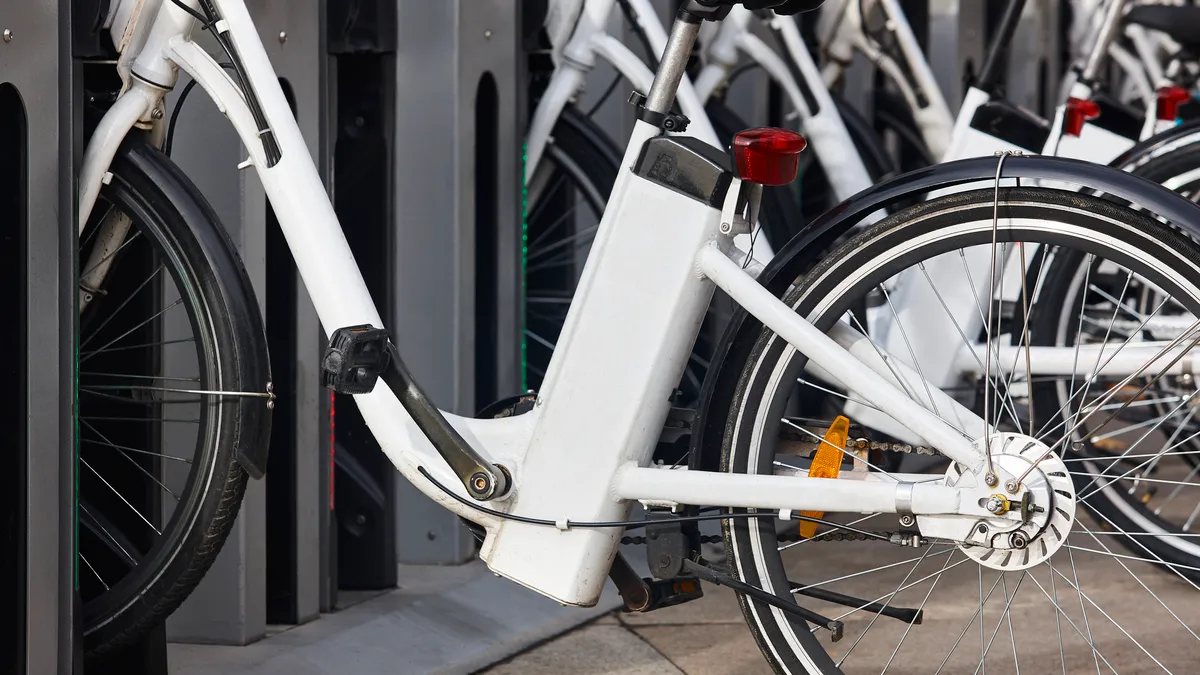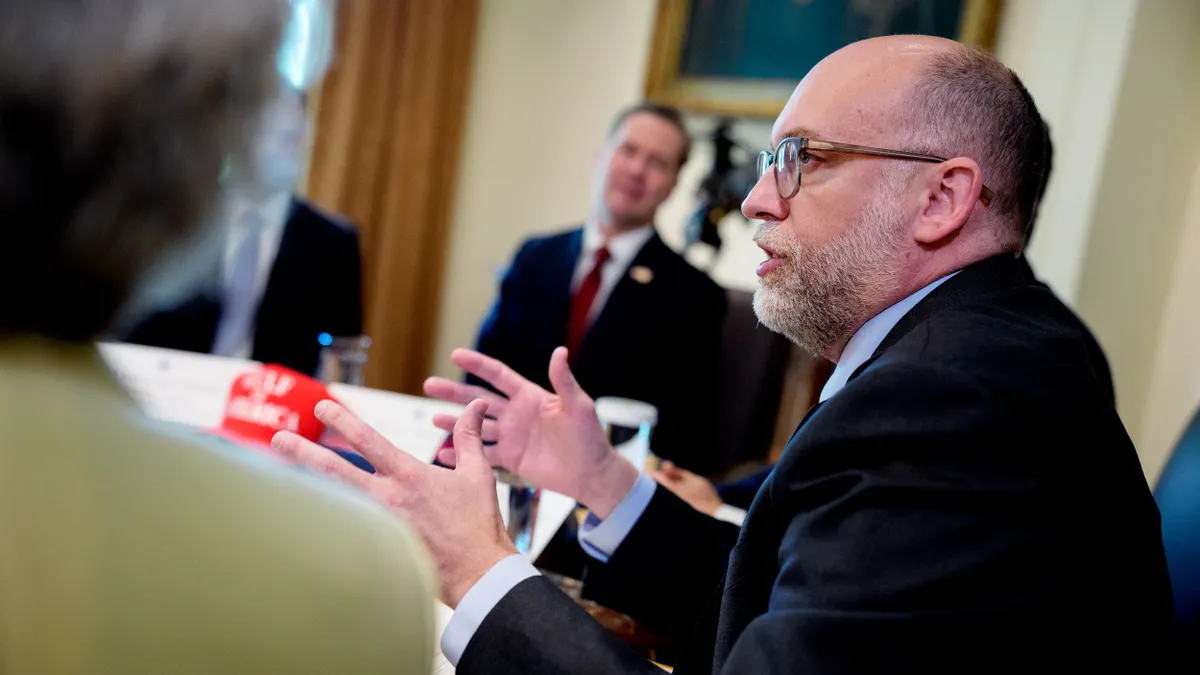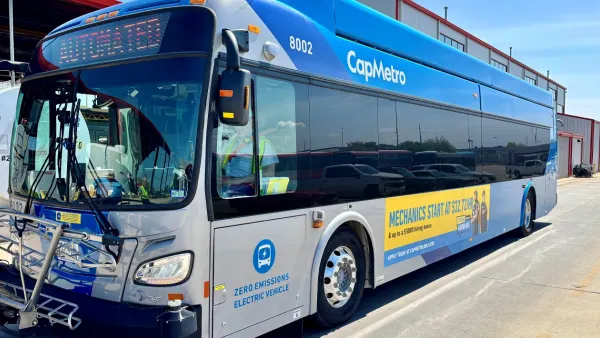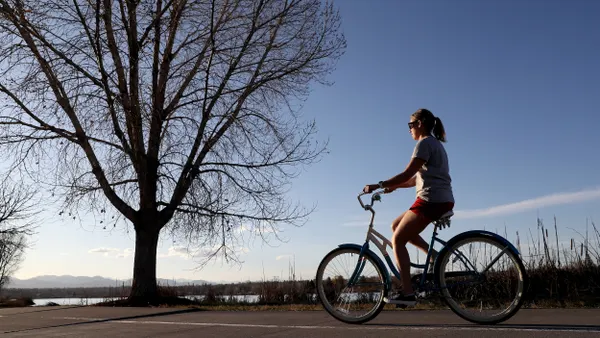There are reasons to be optimistic about the future of transportation and the evolution of streets despite grim news like a rise in traffic fatalities, some transportation experts believe. More options for smaller vehicles and funding for projects were among topics during a webinar on 2023 transportation trends hosted last week by America Walks, a national nonprofit focused on advancing walkability in communities.
Janette Sadik-Khan, a principal at Bloomberg Associates who serves as board chair of the National Association of City Transportation Officials, said there are numerous “reasons to be cheerful” this year.
Sadik-Khan, who formerly served as New York City’s transportation commissioner under Mayor Michael Bloomberg, highlighted grant funding programs linked to 2021’s infrastructure package, including the Safe Streets and Roads for All program, with $5 billion intended to help prevent roadway deaths, and Rebuilding American Infrastructure with Sustainability and Equity grants, which have $1.5 billion available in 2023.
Sadik-Khan said the trend in some areas of reallocating street space for people instead of cars is good for business, and that a trend of of cities lowering speed limits could make streets safer for pedestrians.
She also said that micromobility has gained far more ground in cities than autonomous vehicles, even though some have touted AVs as the future of transportation. “In the decade we've been obsessing over Elon Musk's tweets and his 10th-anniversary proclamation that driverless cars are coming this year, Americans took 500 million trips on micromobility,” she said. Leading that charge are electric scooters and e-bikes, she said, in most cases without federal and state credits for purchases.
David Zipper, a visiting fellow at the Harvard Kennedy School's Taubman Center for State and Local Government, discussed other types of tiny vehicles, calling the rise of miniature cars and golf carts a trend to watch in 2023. “I think it might be poised for tremendous growth this year,” Zipper said.
The U.S. has seen an “arms race of ever-larger SUVs and trucks” that have proven increasingly expensive for consumers and more dangerous to pedestrians and cyclists, Zipper said. However, in some parts of the U.S., people interested in an e-bike or a golf cart lack the infrastructure to feel they can rely on those modes safely.
2022’s Inflation Reduction Act offered incentives for electric cars but not for electric bikes or golf carts, Zipper said. But “cities have recognized that there's a space to step in where the federal government has not,” he said. Zipper highlighted Denver’s popular e-bike subsidy program and noted that Nashville and Washington, D.C. each recently proposed their own e-bike rebate programs. Scaling these smaller vehicles will require safe spaces to use them and less auto-centric subsidies at the state and federal levels, he said.












